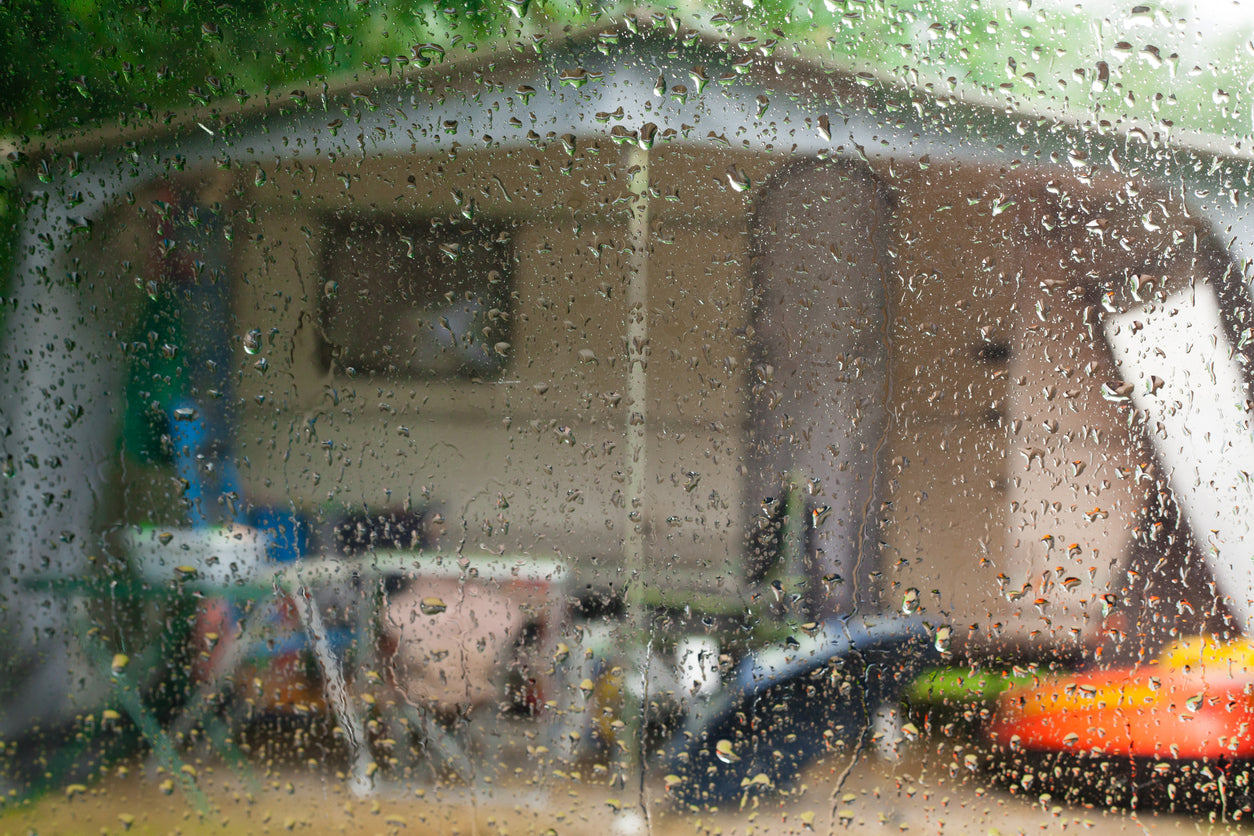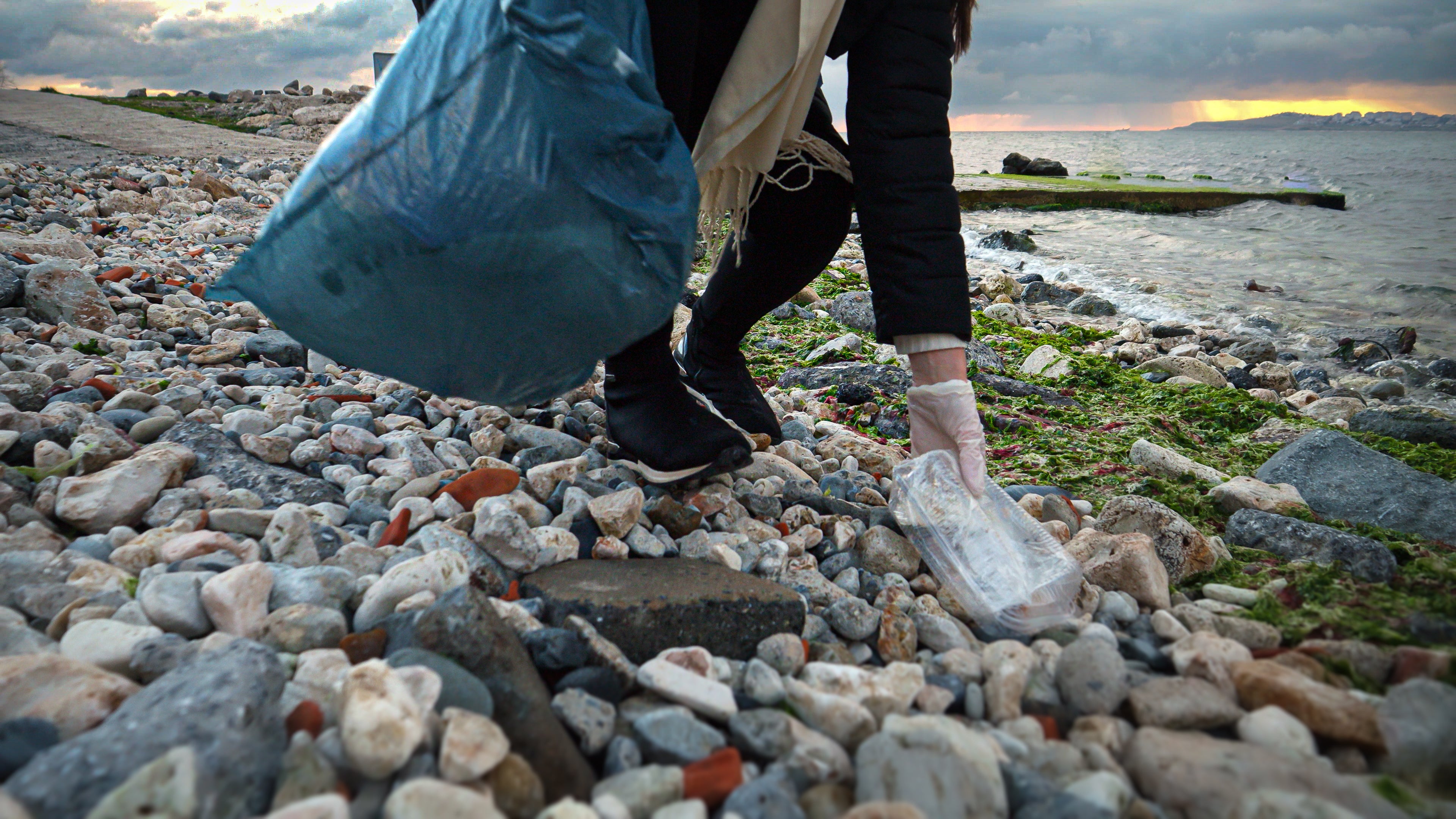Yes, you can and below are a few tips to help you. Wetsuits can be expensive, ranging from about $100 to over $500 for some custom suits. We all have our favorite wetsuit, the one that fits just right. For me it’s my Xcel Drylock 3/2 . It’s so comfortable, I’ll wear it way into 4/3 season because it is my favorite. I also hate breaking in a new suit, it’s all stiff, my arms feel bound and I’ll just put off getting a new one as long as possible. So here are some tips to help you extend the life of your wetsuit:
- Watch what you are standing on when taking off your suit. Peeling off your suit is really not an issue until you get it down around your ankles. Then most of us, use our feet to stand on parts of the wetsuit to finish getting it off. If you are standing in the parking lot or on rocks, that can wear away at the neoprene. Some folks like taking off their suits while standing on wetsuit changing mats or grass mats, but the important thing is to not let a hard-rough surface come in contact with your wetsuit.
- Rinsing off. Everyone has their favorite way. Some like to dunk it in bucket of water, some hang and hit with a garden hose, but most wait too long to rinse off their suit. You don’t want your suit drying with the salt water in it as it will deteriorate your neoprene. After your session, thoroughly rinse your suit as soon as possible, preferably within 20 minutes. If you need to go to the office or get on the road, bring some water and an air tight container, so you keep it wet until you get home or you can get a Rinse Kit to wash it off.
- Drying it right. When a wetsuit stays wet for an extended period the neoprene starts to break down. Don’t place it in direct sunlight, as this too will damage and age the neoprene. We recommend (of course we do) that you use a drying rack like the Malo’o DryRack to hang your after rinsing. It hangs easily over the side-mirror of most vehicles and can open up fully for attachment to trees, roofs, racks, etc. The DryRack supports all wetsuit manufactures guidelines for how to dry and hang a wetsuit and allows maximum airflow while keeping the salt away from your vehicle.
- Hanging your suit while drying and storage is also very important for the life of your suit. DO NOT hang or dry your wetsuit from the shoulders or collar. It will stretch out the shoulders and neck line. Hanging the wetsuit by folding it in half, like we recommend in Drying is the right way.
- Wetsuit Conditioners are good. We recommend using one every month or so. But, if that’s too often for you, at least do it on the last wash of the season, before you put it away for next year. Gear Aid is our favorite conditioner.
- Our friends over at Otter Bay Custom Wetsuits reminded us that after your wetsuit is dry, please take it off the rack so it doesn't compress the neoprene where the suit meets the bar.
If you follow these recommendations you get as much life out of your suit as possible. If you do get a tear or have an issue with the zipper we just heard of a KILLER program from Patagonia where they will repair any manufacturers wetsuit? We hope to hear from someone who has tried it.
In closing, we don’t recommend hanging your wetsuit on your side-mirror like the picture, get a DryRack and your wetsuit will thank you!



